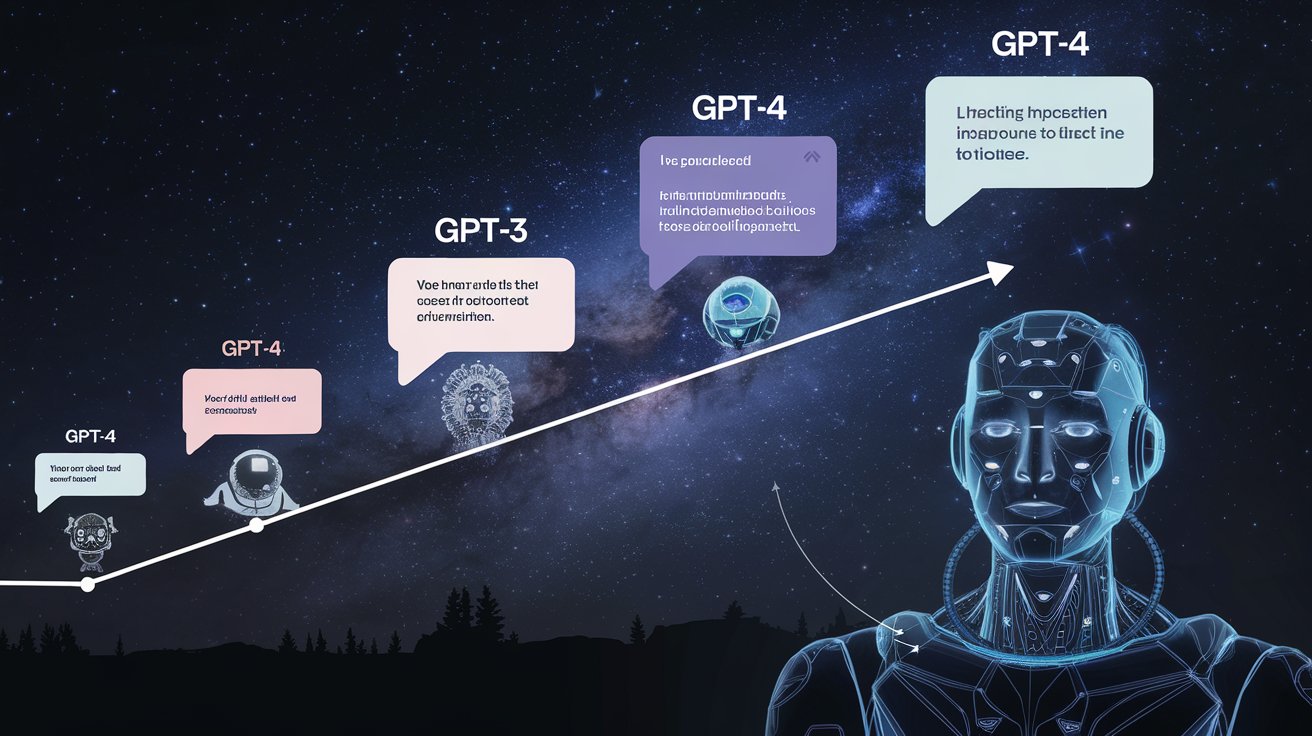The story of zoonotic diseases continues to evolve as global health officials have recently confirmed a unique case of bird flu (H5N1) in a Missouri resident, without any direct exposure to infected animals. This instance marks a significant turn in the ongoing battle against bird flu and has garnered attention from both health experts and the public due to its unusual nature.
The Centers for Disease Control and Prevention (CDC) reported that this individual had no known occupational or personal exposure to sick birds, raising questions about the virus’s transmission mechanisms.
What is Bird Flu?

Bird flu (H5N1) is a viral infection that mainly affects birds. It can spread quickly among different bird species. Sometimes, it can infect humans too. When humans do get infected, it can be very dangerous. However, human infections are not common.
Bird flu outbreaks have happened in various parts of the world. These outbreaks often lead to the killing of large numbers of birds to stop the virus from spreading further. This process is called culling.
The virus affects both farm birds, like chickens, and wild birds. Its ability to spread rapidly among bird populations is a major concern for health and agriculture officials worldwide.
The virus first made headlines in the 1990s when it emerged in China. Over the decades, its impact has expanded, reaching not just birds but also mammals like seals, bears, and sea lions. Now, with the confirmation of a human case with no known animal exposure, health officials are on high alert for any potential mutations that could make human-to-human transmission more likely.
The Missouri Case: A Break from the Norm

The Missouri Department of Health & Senior Services revealed that the infection was detected as part of the state’s standard flu surveillance system, making this the first bird flu case of its kind in the U.S. Typically, such cases are uncovered through specialized H5N1 surveillance programs that target farm workers or individuals with direct contact with infected animals. This individual, however, had no such contact, making their infection a mystery that the CDC is working to unravel.
Though the patient was hospitalized and later recovered, the episode has raised serious concerns among epidemiologists and virologists alike. Without coming into contact with an animal, how did the virus spread to humans? More significantly, may this indicate a change in the virus’s ability to spread?
Why Are Zoonotic Diseases on the Rise?
Bird flu is part of a broader trend of zoonotic diseases—illnesses that jump from animals to humans. The phenomenon has been around for centuries, but in recent decades, human activities have accelerated the frequency and severity of these outbreaks. The increased interaction between humans and animals, driven by deforestation, industrialization, and climate change, has created more opportunities for pathogens like H5N1 to leap across species.
Microbiologist Dr. Varsha Shridhar, an infectious disease specialist, notes that many severe human infections in the past two decades originated from animals. Pathogens like bird flu often don’t cause significant harm to their animal hosts but can lead to severe consequences once they infect humans.
Zoonotic diseases are infections that can jump from animals to humans. HIV is a well-known example. It originated as SIV (Simian Immunodeficiency Virus) in monkeys and apes. These primate hosts were largely unaffected by SIV. The virus likely made the leap to humans through the consumption of bushmeat. Once in the human population, it evolved into HIV and led to the global AIDS epidemic. Also read: http://toi.in/Gwjc5a/a24gk
Other zoonotic diseases have also had significant impacts on human health. SARS (Severe Acute Respiratory Syndrome) emerged in the early 2000s, jumping from animals to humans and causing outbreaks in several countries. More recently, Covid-19 originated in animals before spreading rapidly among humans worldwide, leading to a global pandemic.
These examples highlight how infections that are relatively harmless in their animal hosts can become serious threats to human health when they cross species barriers. The emergence and spread of zoonotic diseases underscore the importance of monitoring animal populations for potential threats and understanding the complex interactions between human and animal health.
Highlights of the Content:
- First bird flu case in the US without known animal contact, raising concerns about viral mutation.
- 14th human case of bird flu in the US this year.
- CDC reassures the public of low transmission risk but continues to monitor the situation closely.
- Increasing fears of zoonotic diseases due to climate change and human-animal interactions.
The Role of Climate Change and Human Impact
It is important to realize that climate change plays an important role in the spread of zoonotic diseases, such as bird flu. Changes in natural habitats, alterations in weather conditions, and the extinction of some species have, in their way, destabilized the fine balance that existed among animals, humans, and the environment. This kind of imbalance presents more opportunities for viruses to cross species barriers.
Dr. Shridhar points out that the 1918 influenza outbreak, also known as the Spanish flu, was exacerbated by unusual weather patterns that disrupted bird migrations, facilitating the spread of the deadly H1N1 virus (a strain of swine flu). The parallels between that outbreak and today’s rising zoonotic threats are stark.
With increased human encroachment into animal habitats, the risk of coming into touch with zoonotic infections has never been greater. The Missouri bird flu case serves as a reminder of how erratic these illnesses may be, particularly when there is no clear evidence of animal exposure. Also read: https://theaspectratio.in/health-fitness/africas-mpox-vaccine-delay-a-crisis-in-global-health-inequality/
Symptoms of Bird Flu in Humans
Bird flu symptoms in humans can range from mild to severe. The most common symptoms include:
Shortness of breath
Fever
Coughing
Sore throat
Muscle aches
Fatigue
In more severe cases, bird flu can cause pneumonia, acute respiratory distress, and even death. If you have come into touch with birds or poultry and experience any of these symptoms, you should definitely get medical help, especially if you reside in an area where bird flu epidemics have been documented.
Prevention Tips for Bird Flu
Here are prevention tips for bird flu:
- Avoid contact with sick or dead birds
- Especially important in outbreak areas
- Direct contact is the main way humans catch bird flu
- Practice good hygiene
- Wash hands often with soap and water
- Helps prevent spread of many diseases, including bird flu
- Cook poultry and eggs thoroughly
- High temperatures kill the bird flu virus
- Makes food safe to eat
- Stay informed about local outbreaks
- Follow public health advice
- Allows you to take appropriate precautions
- Limit contact with wild animals
- Especially where bird flu has been found
- Wild birds can carry the virus without symptoms
- These steps reduce risk of exposure to bird flu
- Particularly important for people working with birds
- Also crucial for those living in outbreak areas



 By
By

















